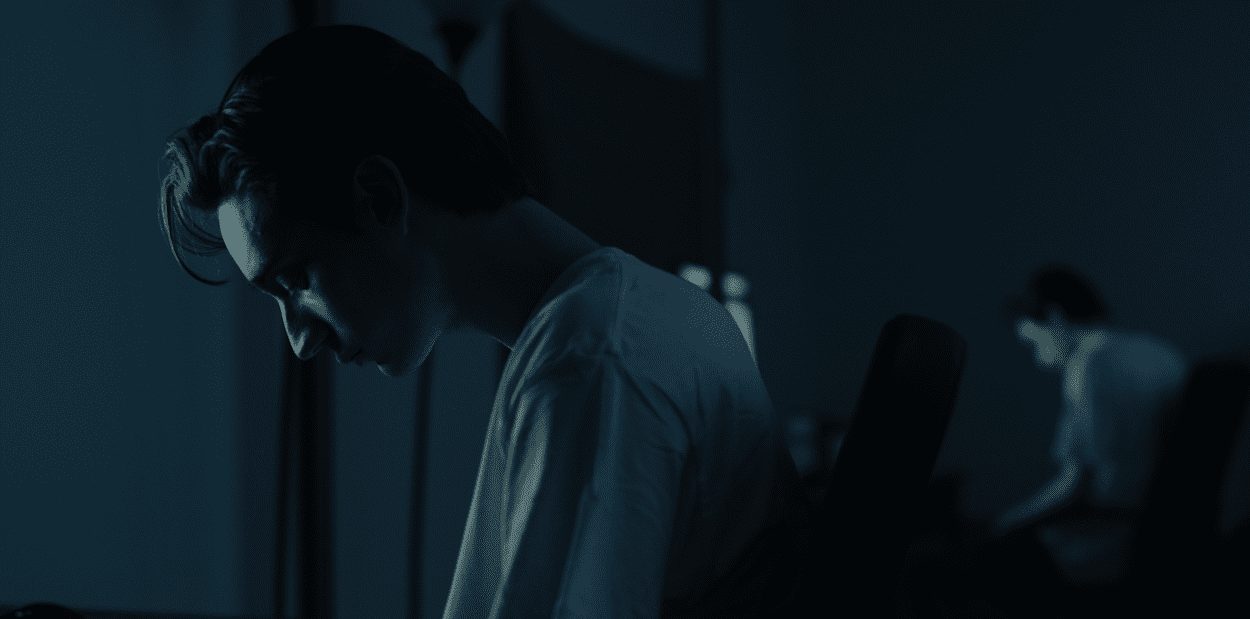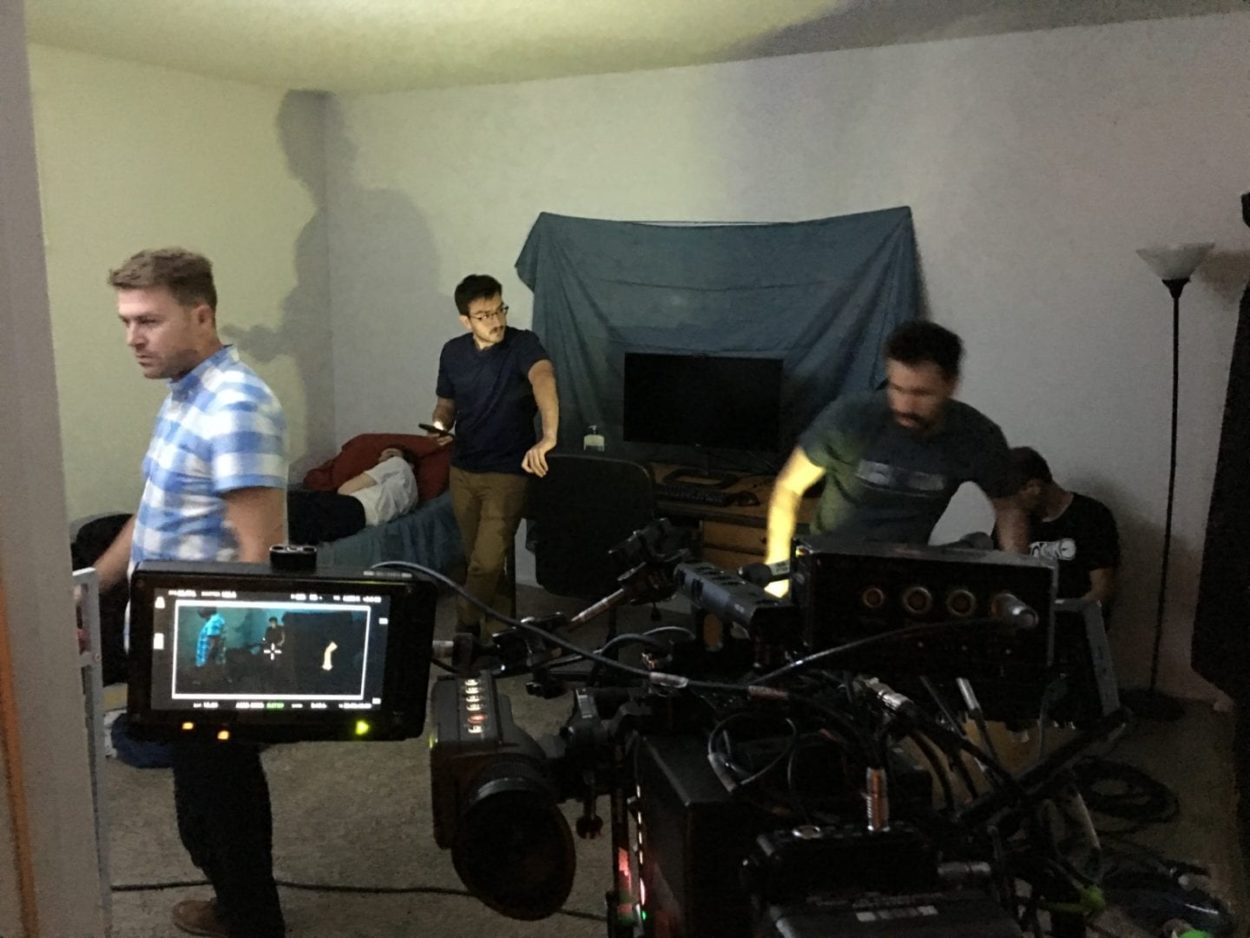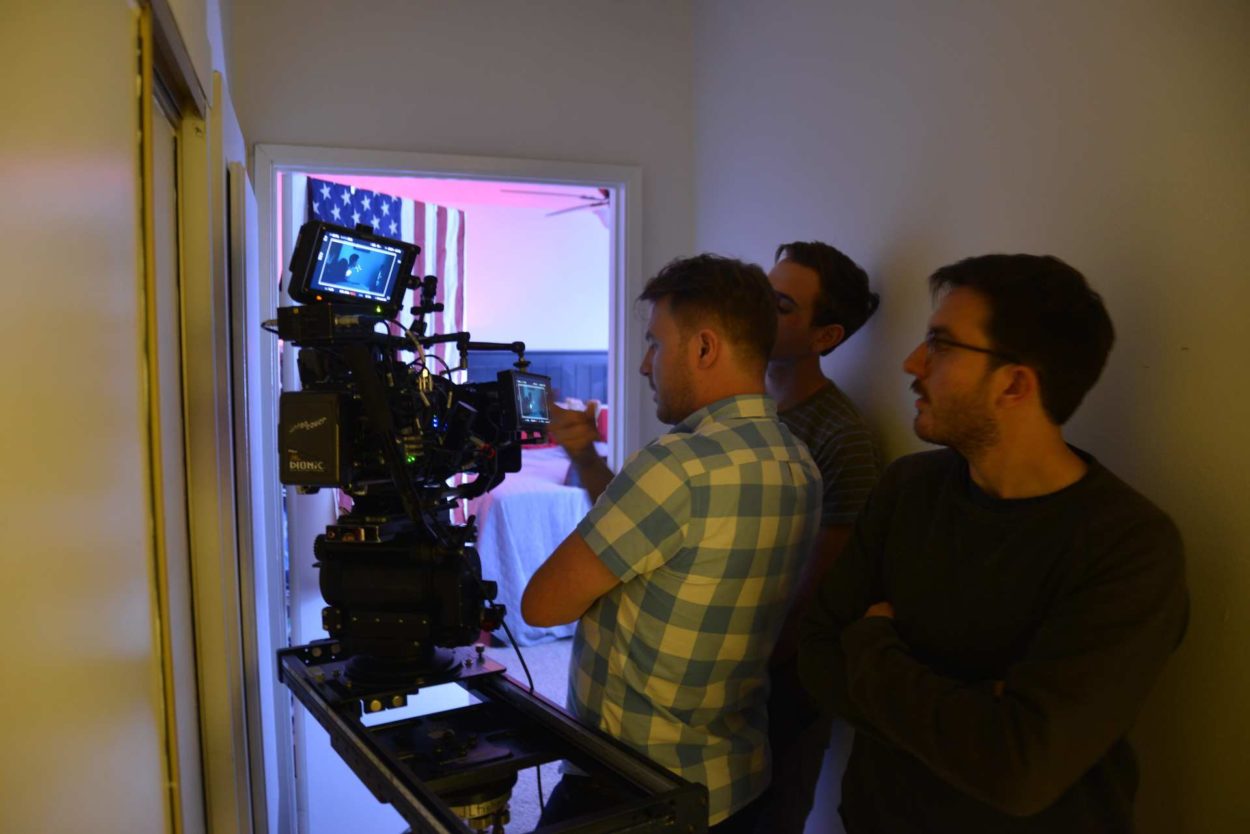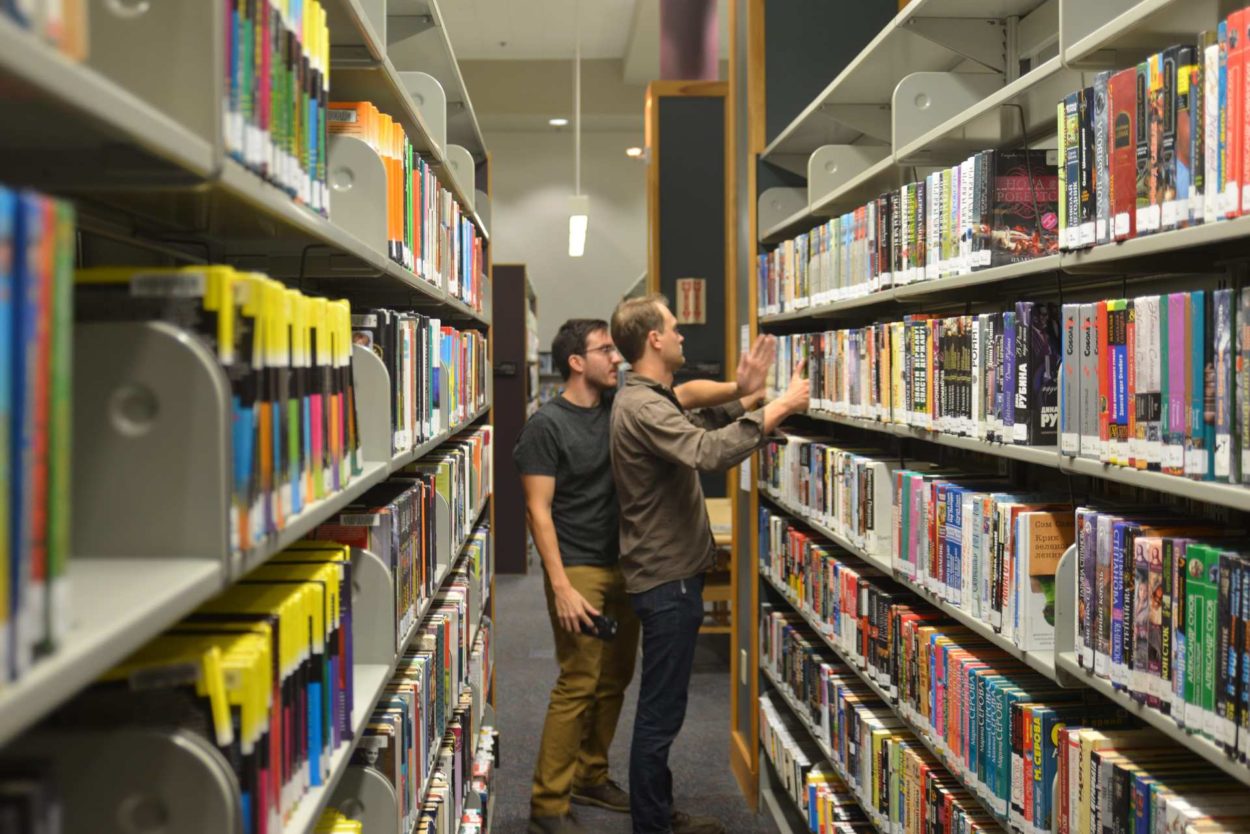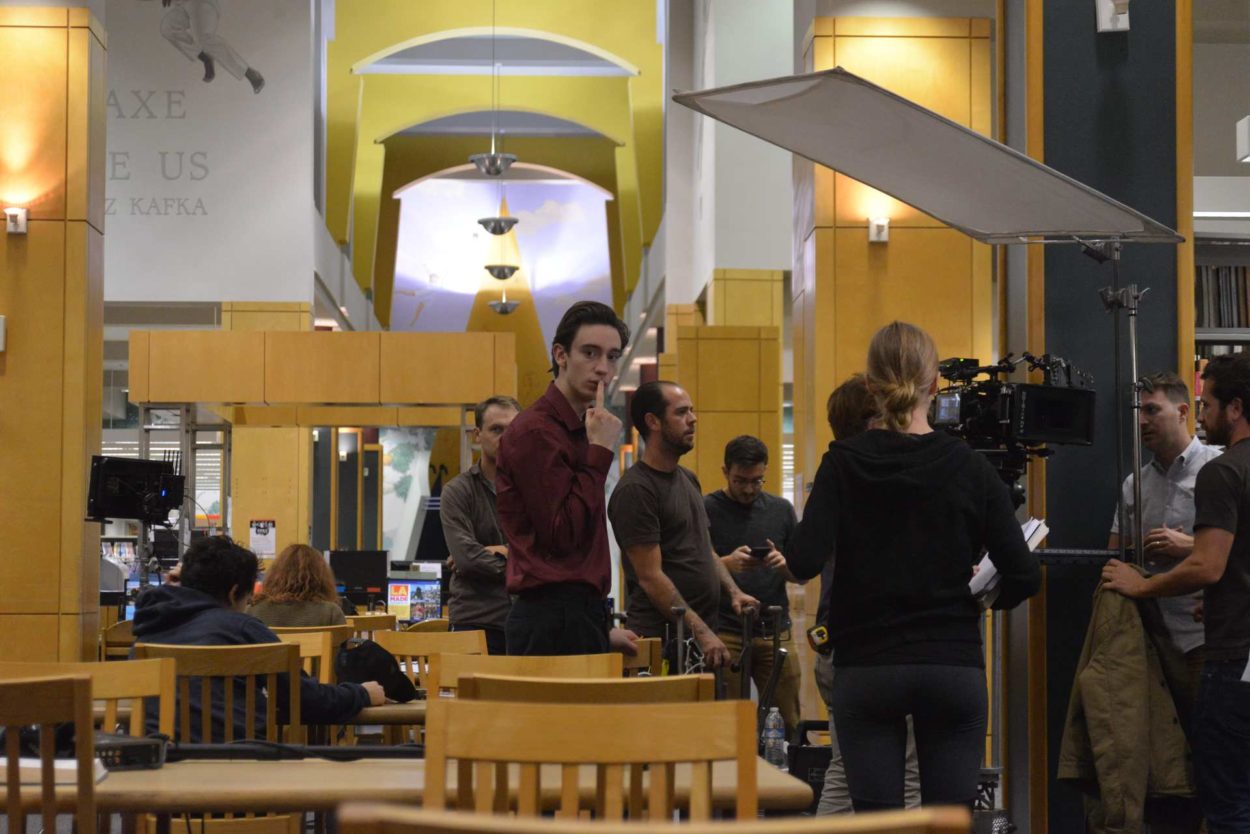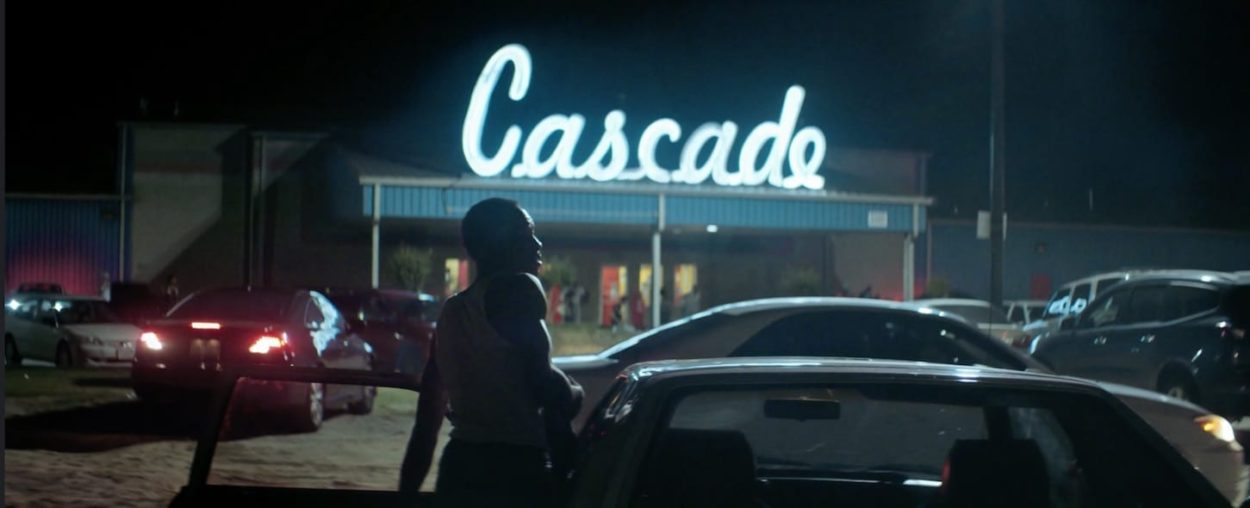Incel is a very topical, sensitive and uncomfortable subject – what drew you to exploring the world of this subculture?
I’ve always been drawn to the weird, dark parts of the internet, and by extension, the dark parts of the human psyche. I first became aware of the world of incels after the Isla Vista shootings in 2014. The shooter, Elliot Rodger, was celebrated as a hero and martyr on incel forums, something which really disturbed me. A mass killer that loathes and targets women is unfortunately not a novel thing, but a support group that rallies behind such a figure certainly seemed so. This wasn’t just a place where men vented about their struggles and loneliness – this was a place where some actively cheered on the death of other innocent people, just because they had a perceived “better life”.
The interconnectability and anonymity of the internet allows anyone from the globe to connect with anyone else, even in the most niche of interests. A lot of good can come from that, but unfortunately so can a lot of bad. After Brexit and the 2016 election, I think we all noticed a surge of people surrounding themselves in closed-loop internet bubbles. Things that were once on fringe conspiracy corners of the internet were now being covered on mainstream news. A new dimension was added to information warfare, and it was taking place on Youtube, Facebook, and other internet forums. There was now a new danger – online radicalization. That was something I really wanted to explore in this short.
This is a difficult and uncomfortable topic. The threat of harassment and violence is all too real for many women, and so the idea of following a character like this may be abhorrent to some on principal alone. That said, I think a level of empathy is necessary for dealing with any troubling group or idea. Just because we shield our eyes away from something, doesn’t mean that it will go away. Hopefully by shining a light on some of these topics, we can explore the cultural, social, and economic problems that lead to this kind of extremism.
You have managed to get under the skin of the lead character – how did you go about casting and how did you work together to evolve the character?
I was incredibly lucky to land Theodore Pellerin in the lead. A producer friend of mine in Vancouver recommended him heavily, as he had just been named a rising star at TIFF. I was able to get a copy of the film he was in, Never Steady Never Still, and knew immediately that he was the one. There was no audition process. I sent his agents the script, and he was onboard. I trusted him fully from the beginning.
In the weeks leading up to the shoot, Theodore and I had several video calls to discuss the character, and I sent him loads of links – incel forum posts, manifesto videos, hidden camera pick-up artist videos, as well as my own rambling notes. It was imperative to both of us from the beginning that we weren’t making a caricature or a cartoonish monster – this was a human being. A troubled one, but a human being nonetheless. This meant find some humanity deep within his character, and presenting someone with complexities. It was a difficult process, but I’m glad we didn’t take the easy way out with the portrayal of Sam.
You’ve created a tense, creepy visual narrative – were there any particular script devices you used to create the suspense?
This film doesn’t exist in a vacuum. I think most of the film’s underlying suspense was inevitable due to our pre-existing cultural conditioning. Maybe Travis Bickle was a unique character at the time, but unfortunately we live in a world that is all too familiar with terrorism, mental illness, and gun violence. The danger is there without having to say a word.
An important goal for me in writing this was to stick to reality as much as possible. I don’t think it’s helpful to oversensationalize something that is already a troubling reality, so I tried to stick to the truth as much as I could. The library scene for example, was based on amalgamation of dozens of “public approach” videos that I found on youtube, combined with elements from “public freakout” videos. And I think a lot of the horror and tension comes from the fact that these scenarios are so relatable for a lot of people.
Your other films are usually observational documentaries, but here you’ve written and created a fictional film. What was behind your decision to do so and how did you find the transition?
I’m a bit of an accidental documentarian. I’ve always wanted to make narrative fiction, but the costs to do so properly can be prohibitively expensive for a lot of filmmakers starting out. The documentary space gave me a lot of room to explore things on a low-budget, which also ultimately helped in informing my decisions in the fictional space. I always wanted this short to stand on its own, but also viewed it as a part of a larger story – which I’m currently working on developing into a feature film.
Regardless, I think I value similar sensibilities in both documentary and fiction. There has to be underlying intent to seek deeper truth, otherwise, what’s the point?
What was the most difficult aspect of the production?
This was all self-financed, with some generous support thrown in from my EP – Jerad Anderson. We wrangled together an impressive crew – with many, like my incredible cinematographer Sean Conaty, working for free. Almost every element of the production, from our location to our camera to our post production, was heavily discounted or pulled on a favor. I can’t thank my crew enough for the support and sacrifices they put in to make this a reality. That said, once we were able to finally get everything and everyone on set, the shoot went off without a hitch.
